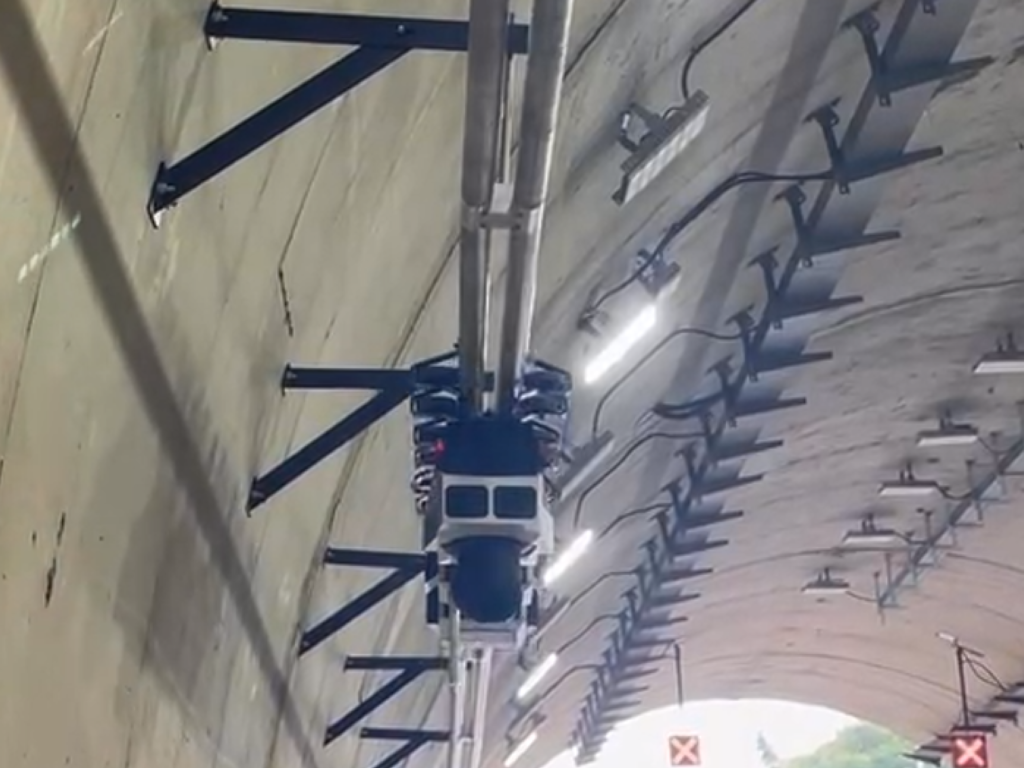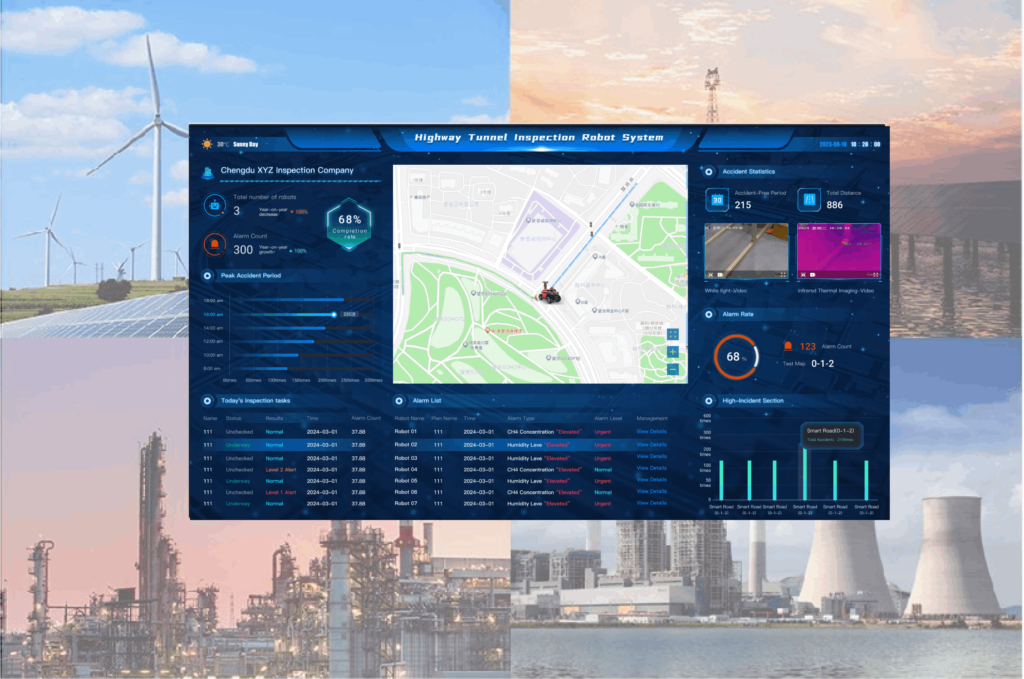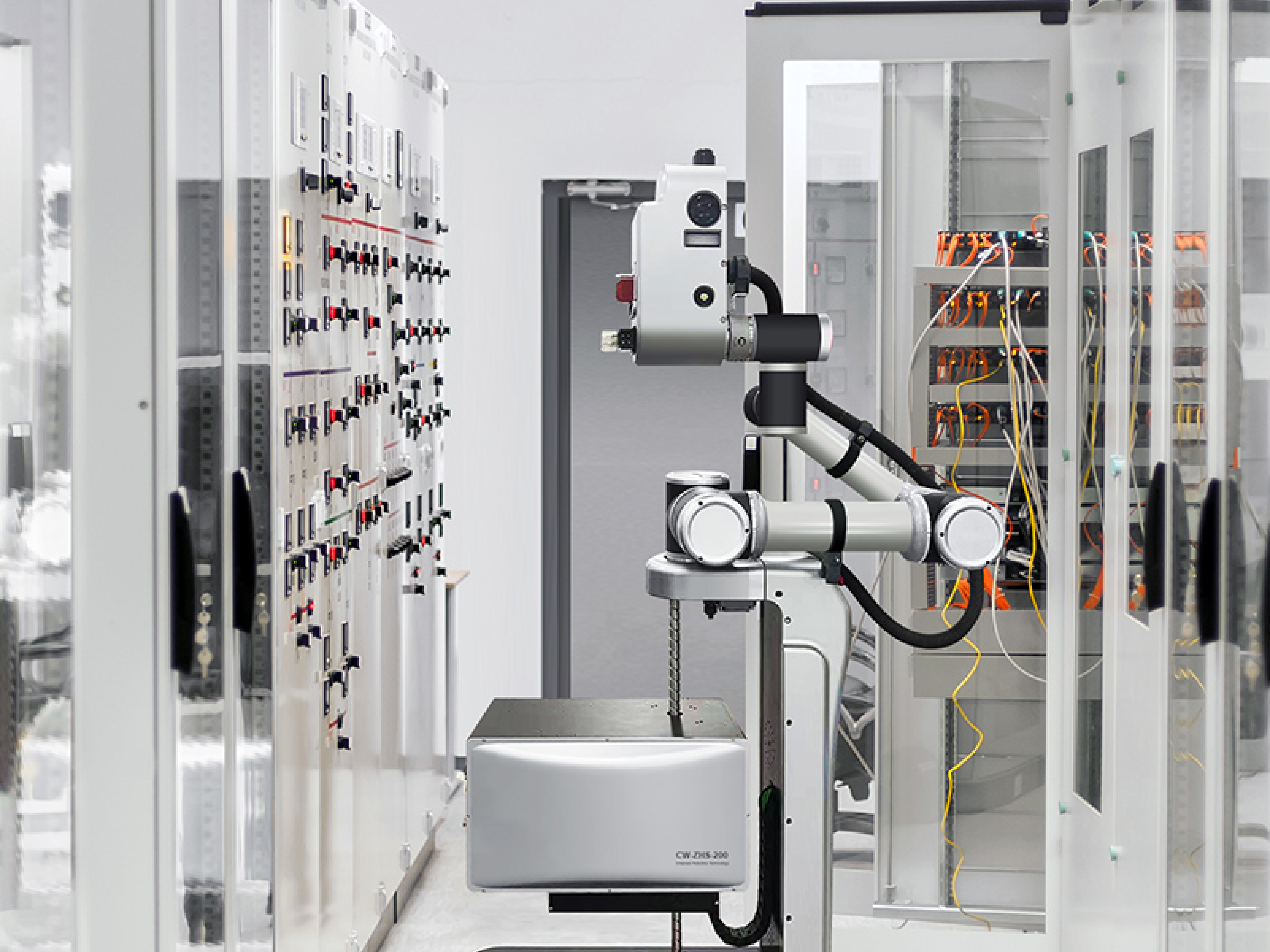How to build intelligent inspection with track robots?
The sidewall-mounted rail-type highway tunnel operation safety monitoring robot, with the assistance of AI artificial intelligence, can achieve real-time monitoring of structural defects, professional assessment of health status, on-site investigation of operational risks, remote monitoring of traffic conditions, intelligent interaction, and emergency assistance, effectively ensuring the safety of tunnel structures.

1. Intelligent Recognition:
Through the robot equipment, high-precision intelligent recognition of tunnel structural defects can be achieved, effectively avoiding the high missed detection rate of traditional manual inspections, and can effectively monitor the development of defects. At the same time, it dynamically grasps the health status of the tunnel structure and traffic conditions, providing strong support for tunnel maintenance decisions.
2. Emergency Assistance:
The robot has emergency assistance functions. In response to emergency situations inside the tunnel, the intelligent tunnel robot can arrive at the scene before the rescue personnel, realize remote shouting between the control room and the scene, conduct on-site voice broadcasting, and provide lighting assistance, effectively improving the rapid disposal capability of tunnel emergency accidents.
AIoT Intelligent Joint Inspection Platform

1. Inspection Plan Configuration
Configure various inspection plans to enable the robot to inspect according to schedule on the track.
2. Multi-Algorithm Fusion Analysis
Support simultaneous operation of multiple algorithms at a single point to meet different functional requirements in the same scenario, maximizing the utilization of hardware devices.
3. More Flexible Upgrade and Expansion
Modular algorithm design allows for more flexible upgrading, expanding, and replacing of functions, supporting continuous intelligent upgrades in the future.
4. Convenient and Rapid Deployment
Lightweight deployment technology supports multiple modes such as private cloud and public cloud, as well as customized system integration.







